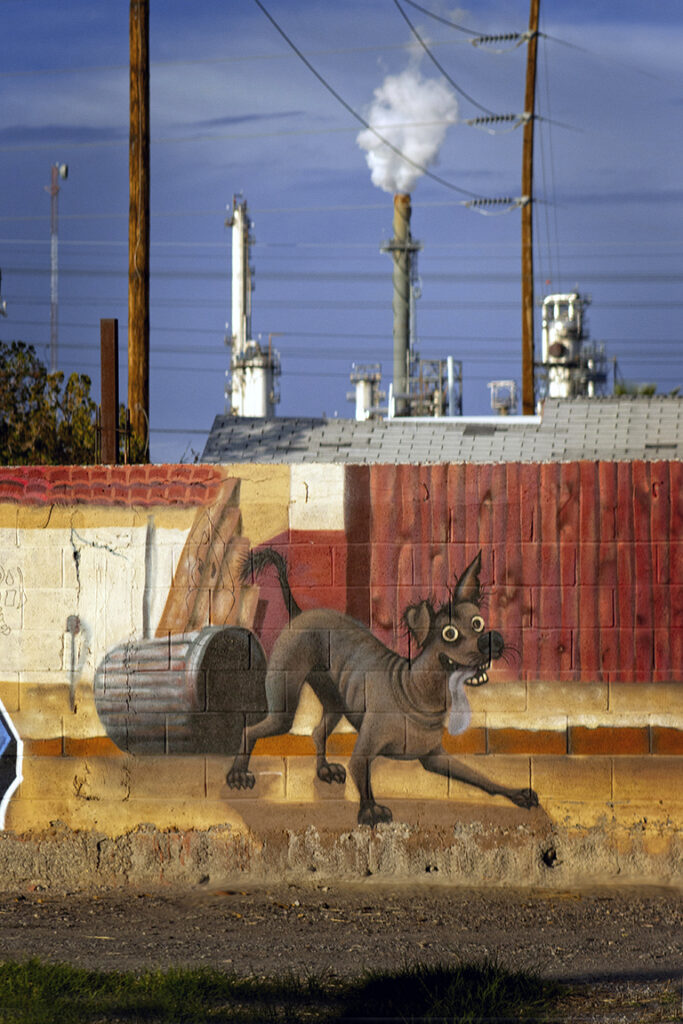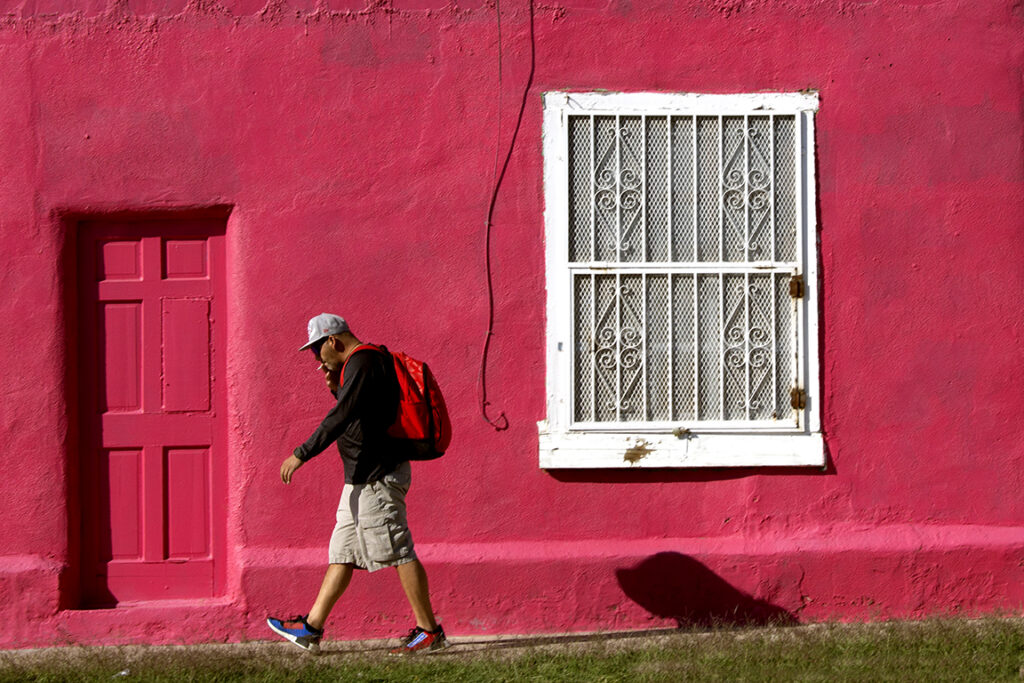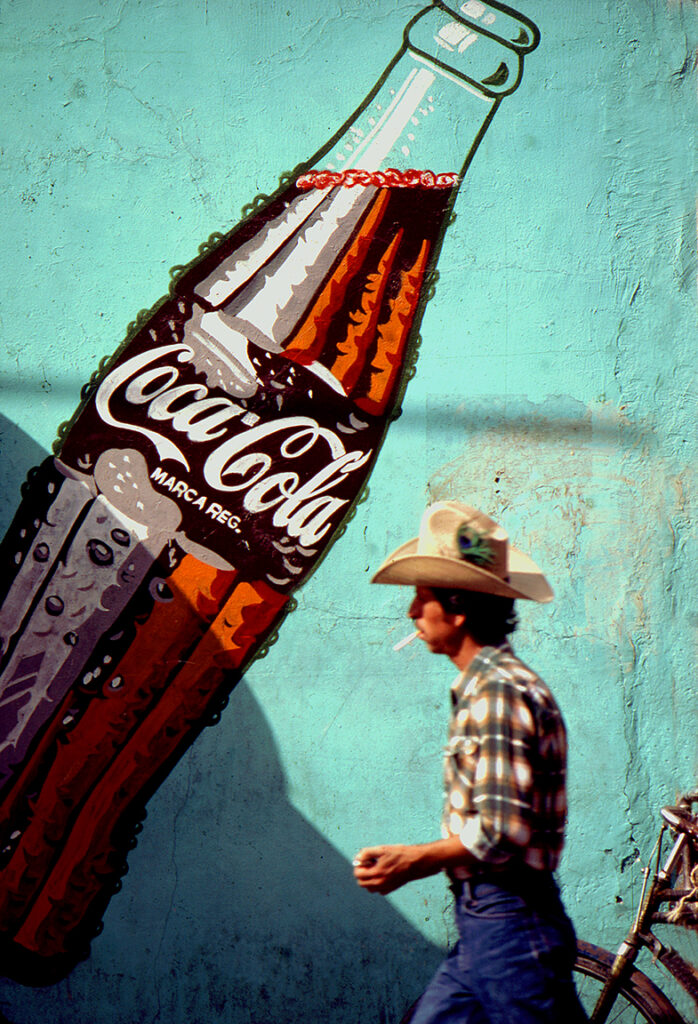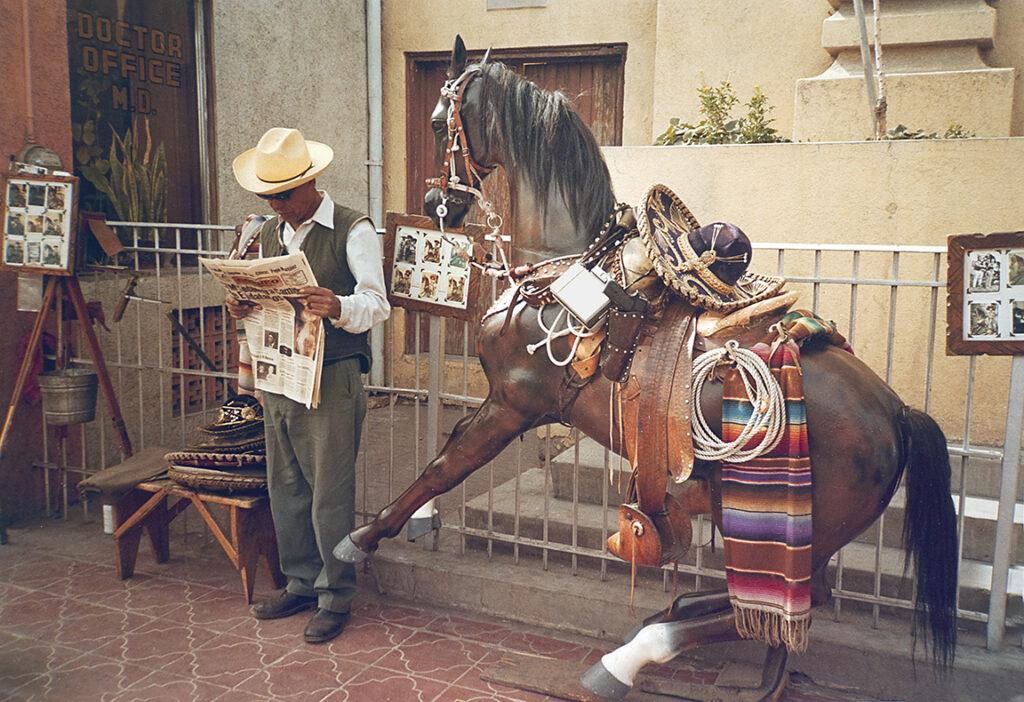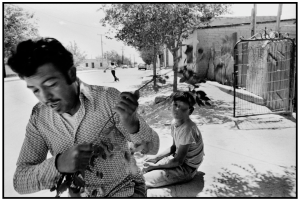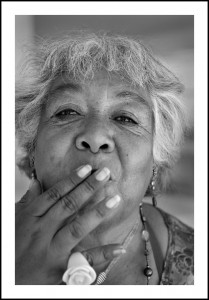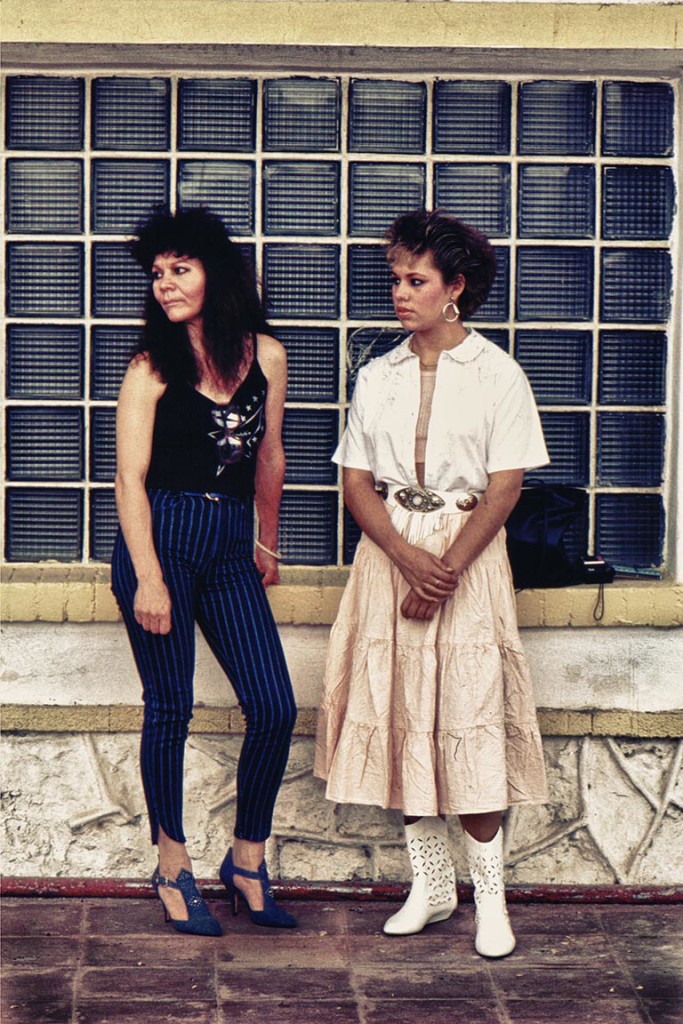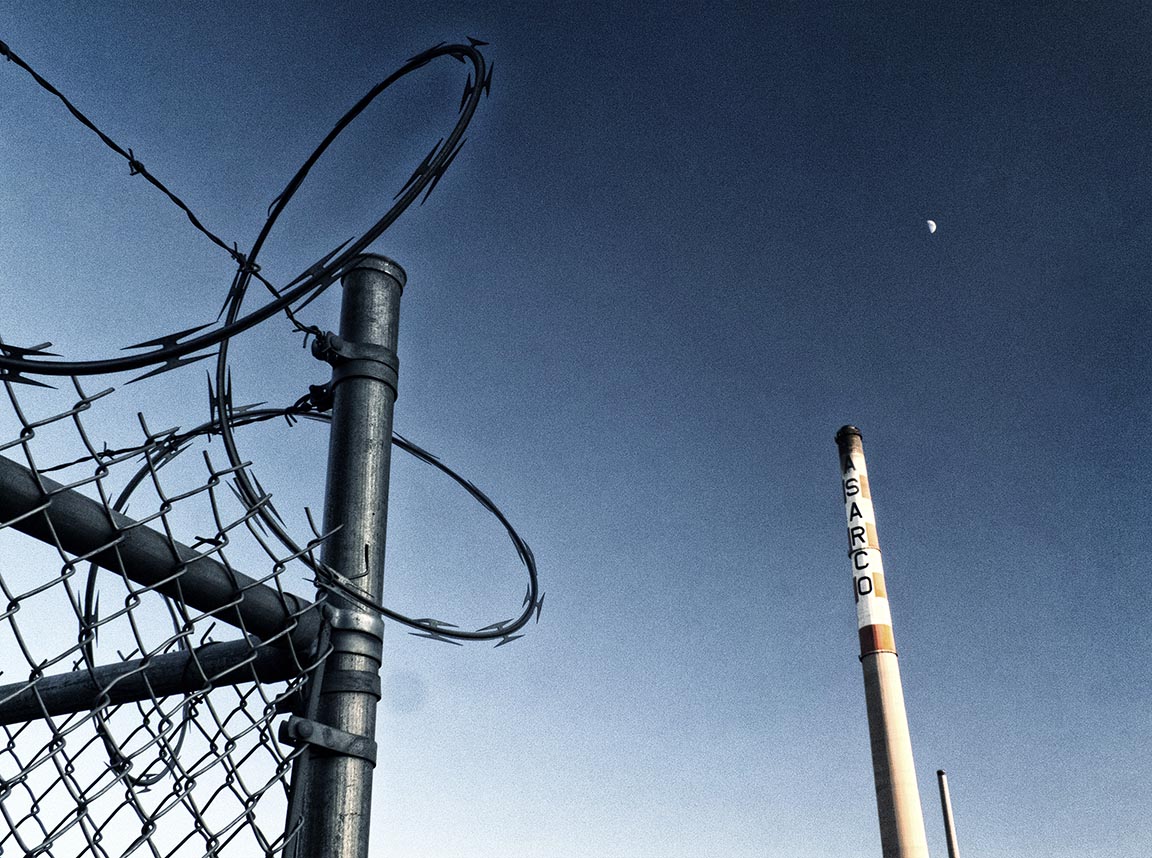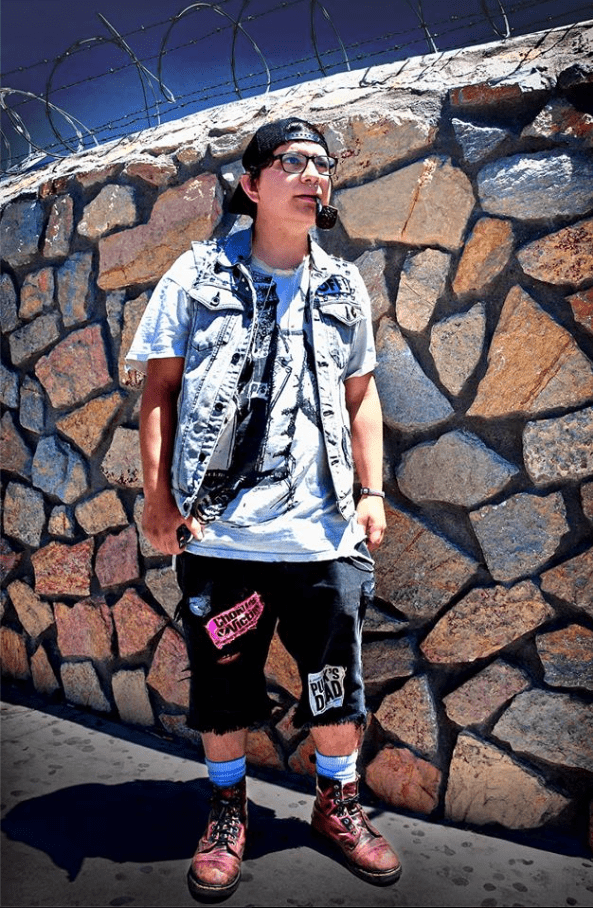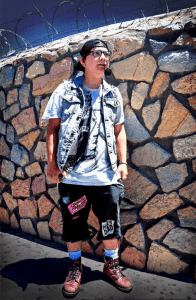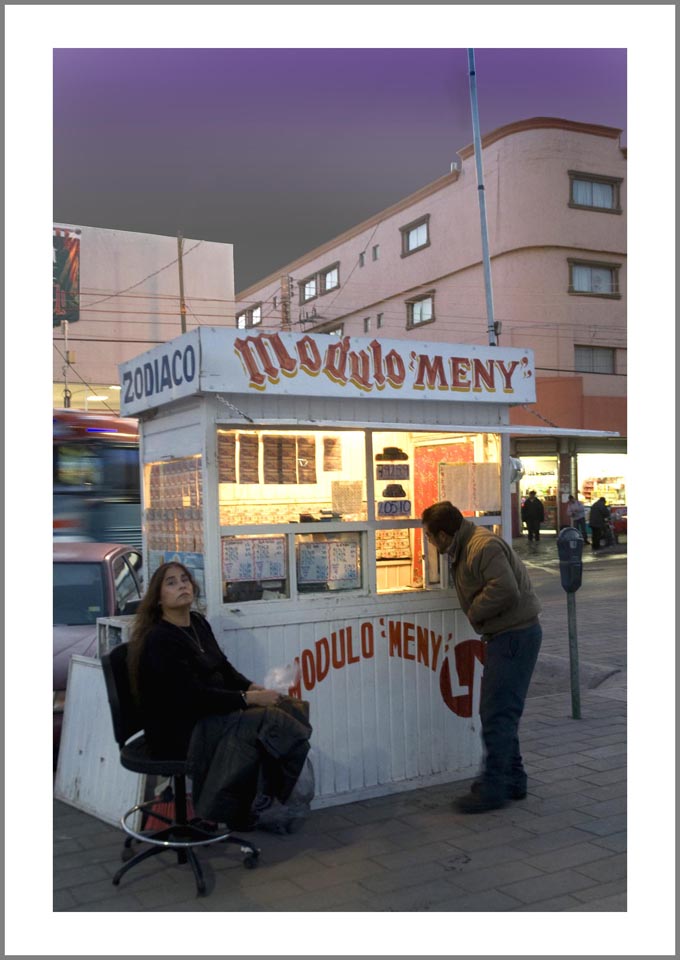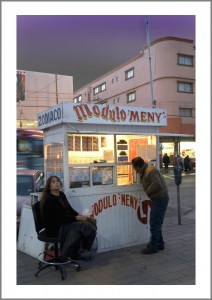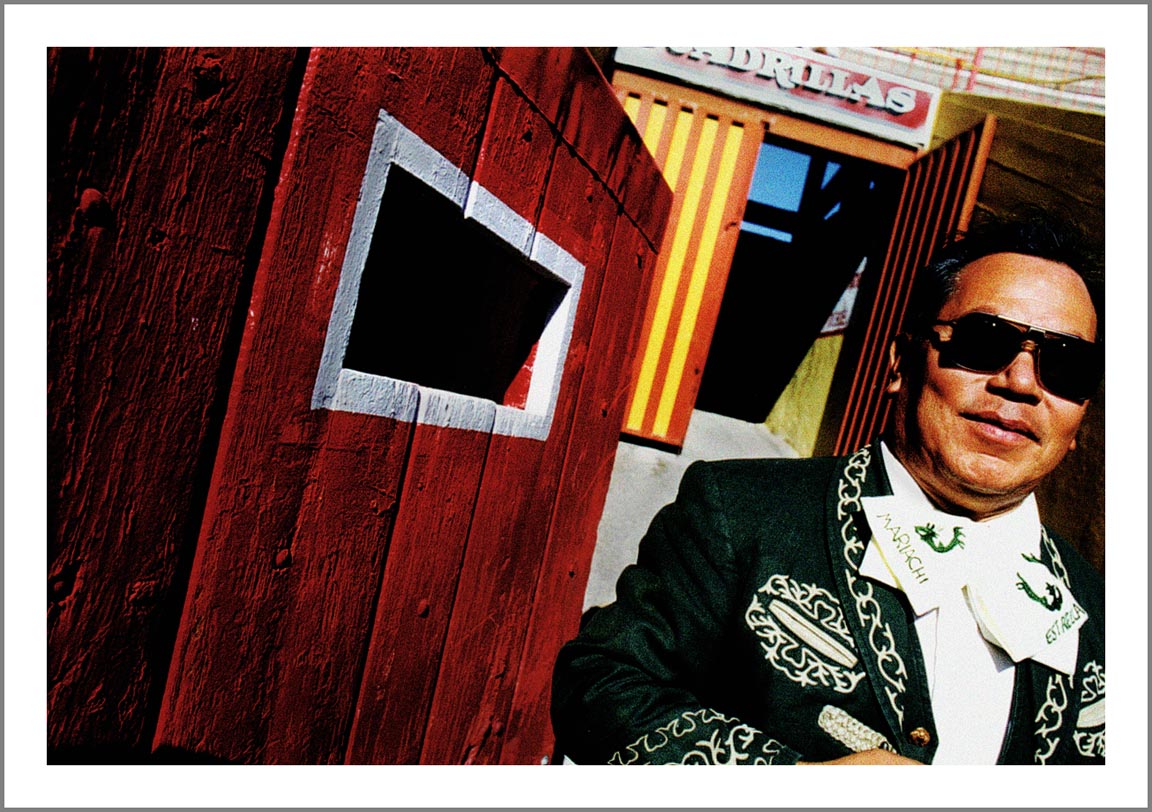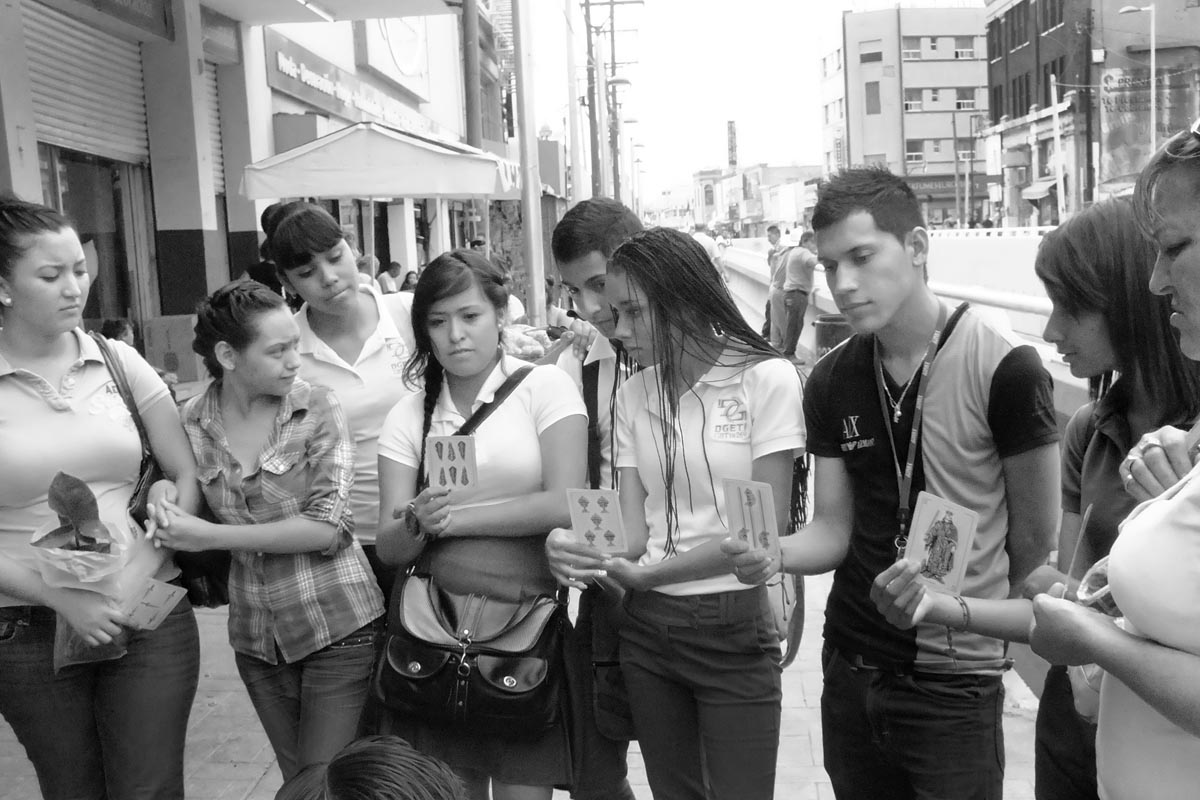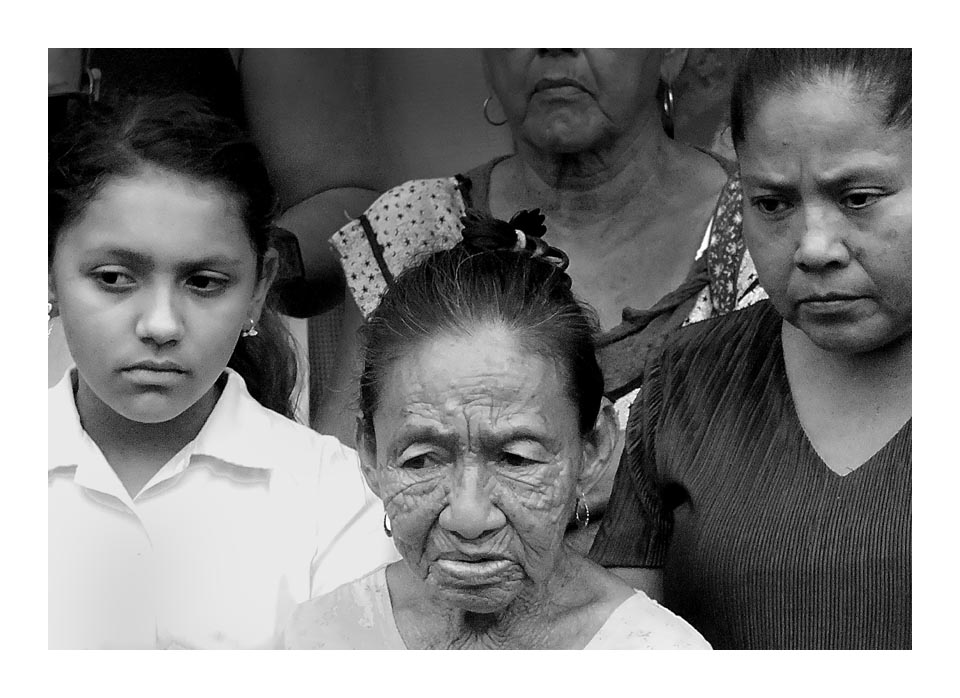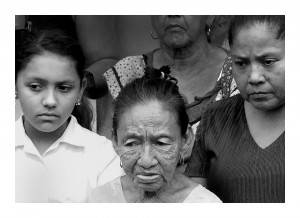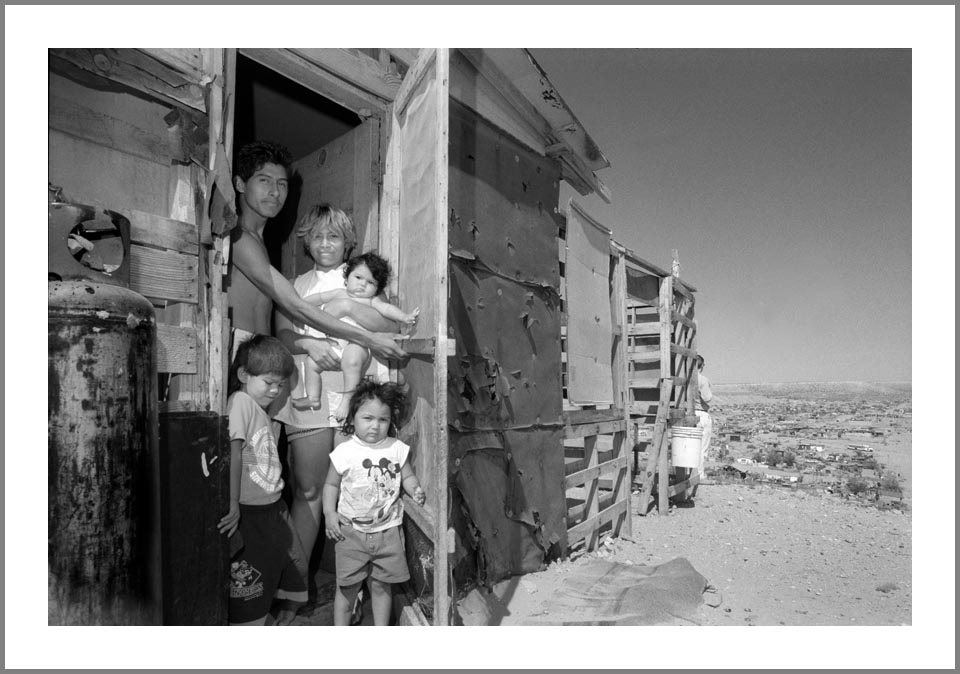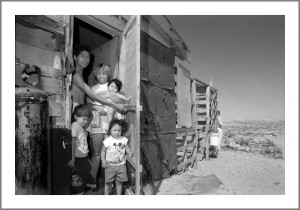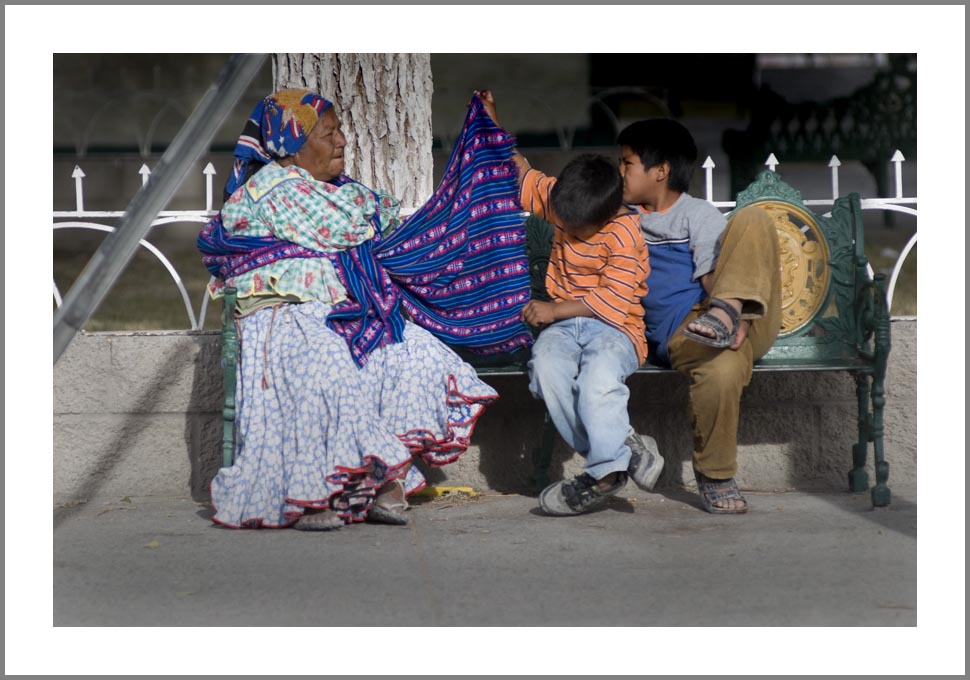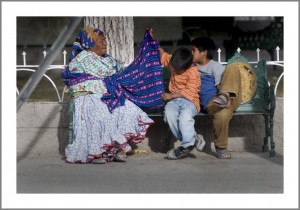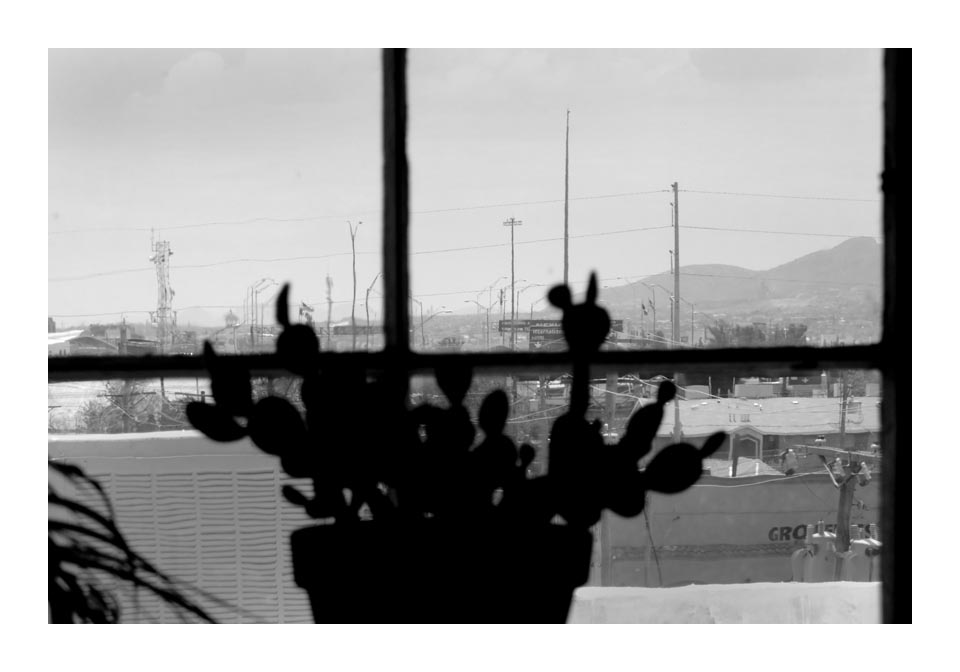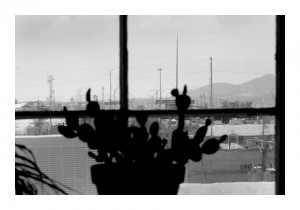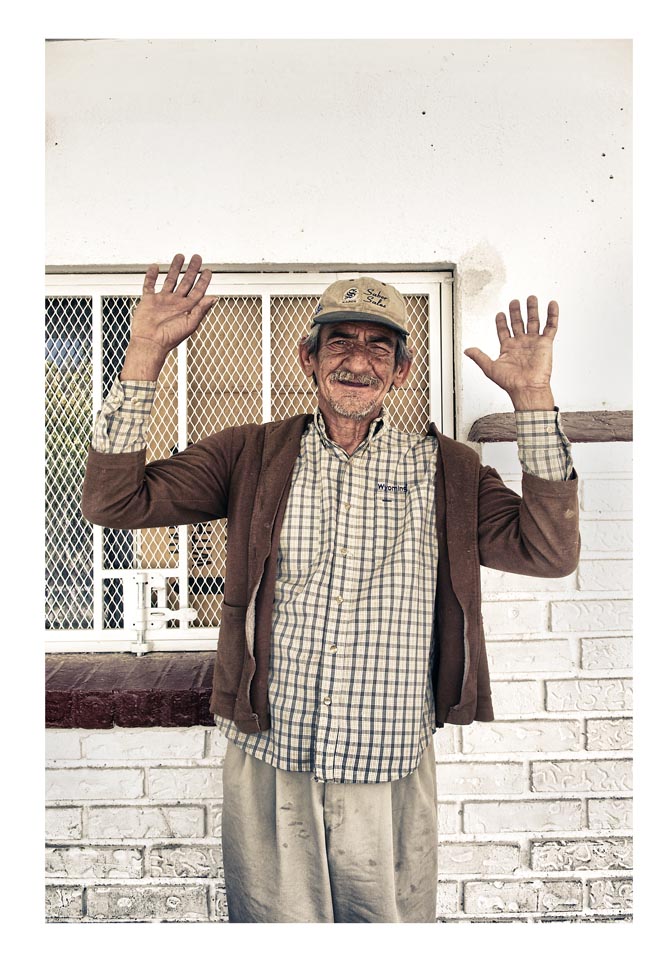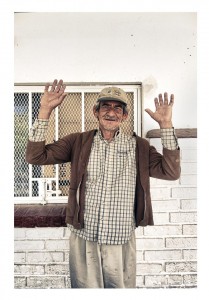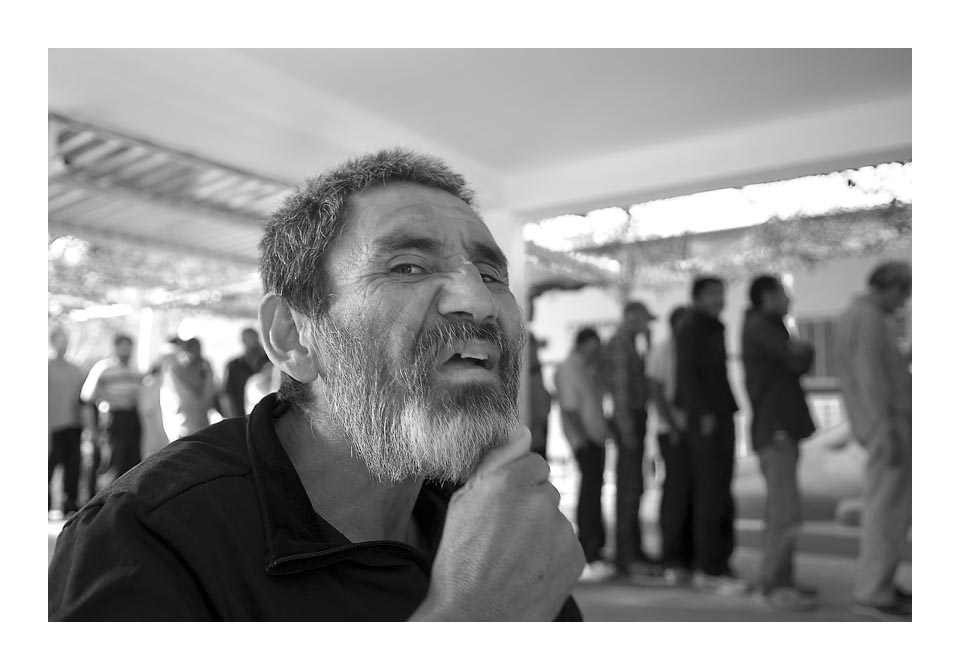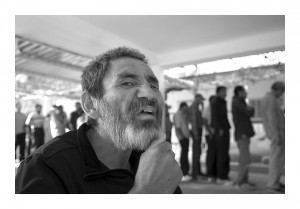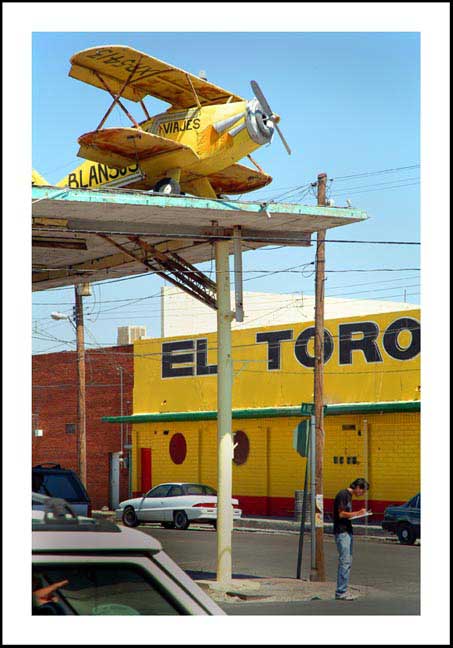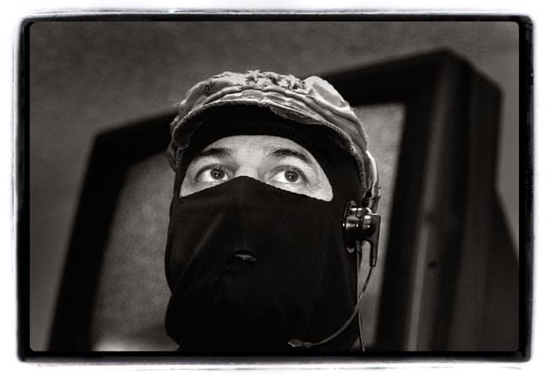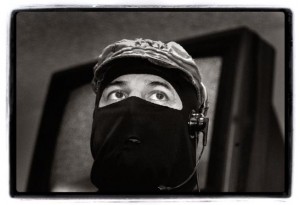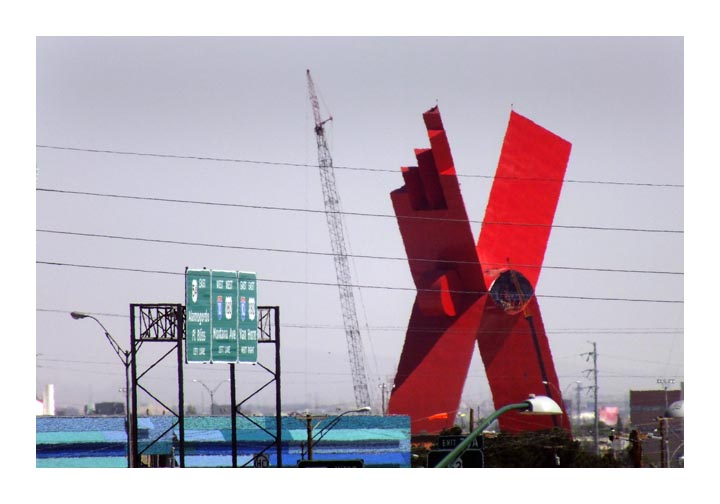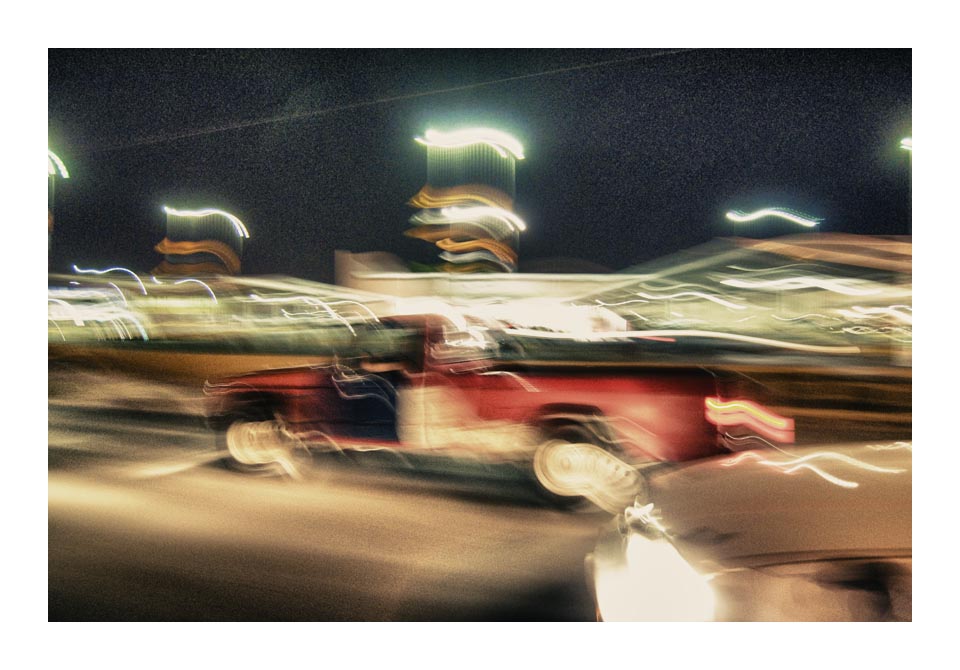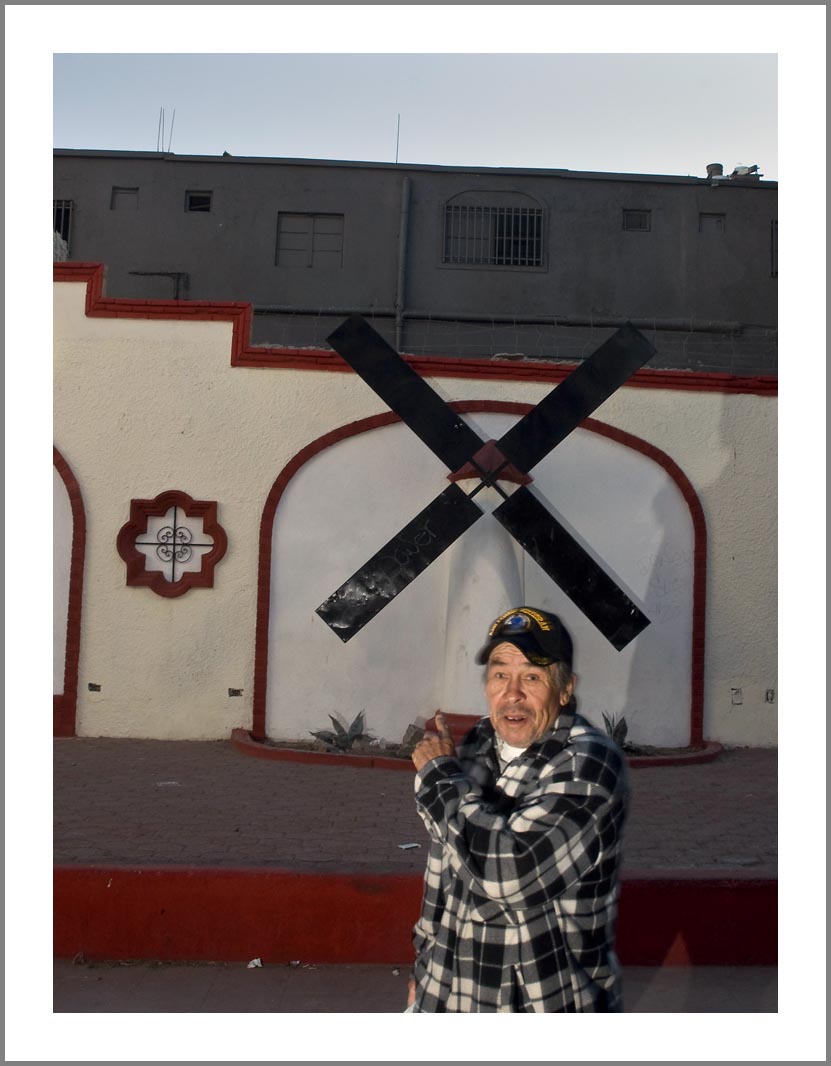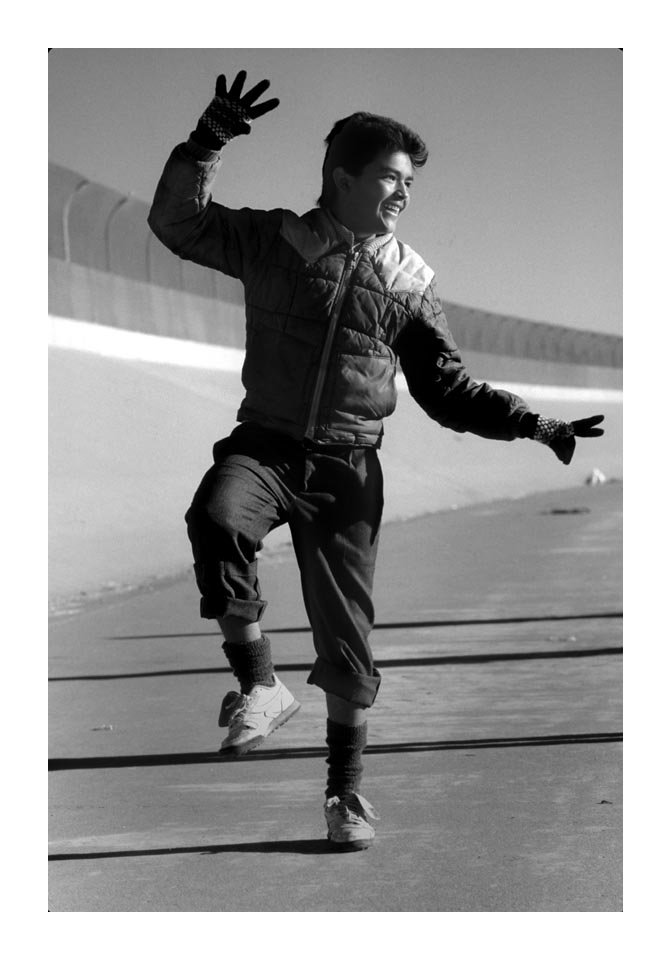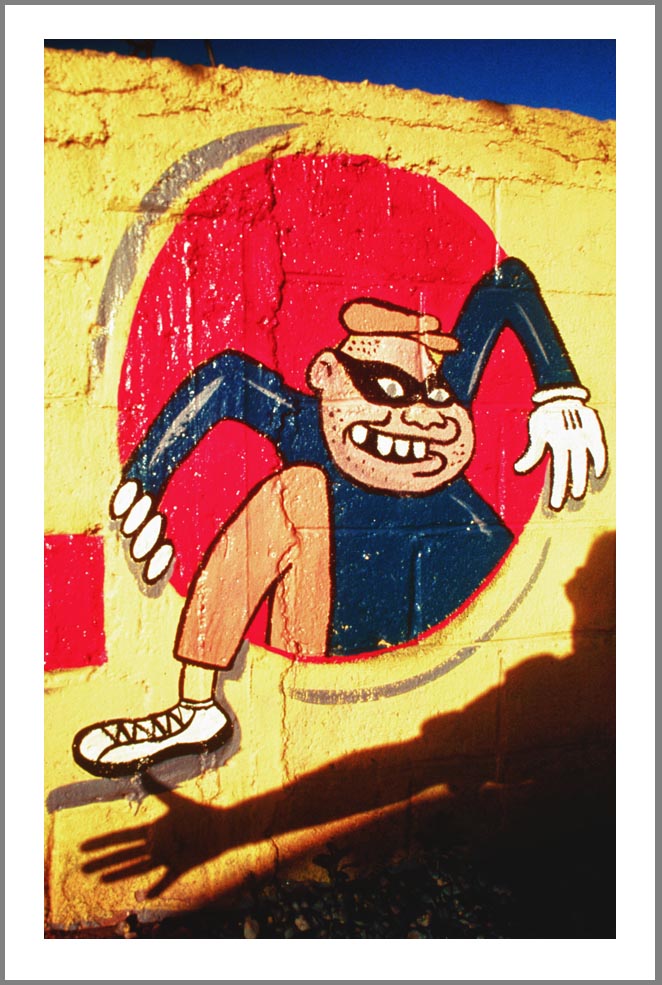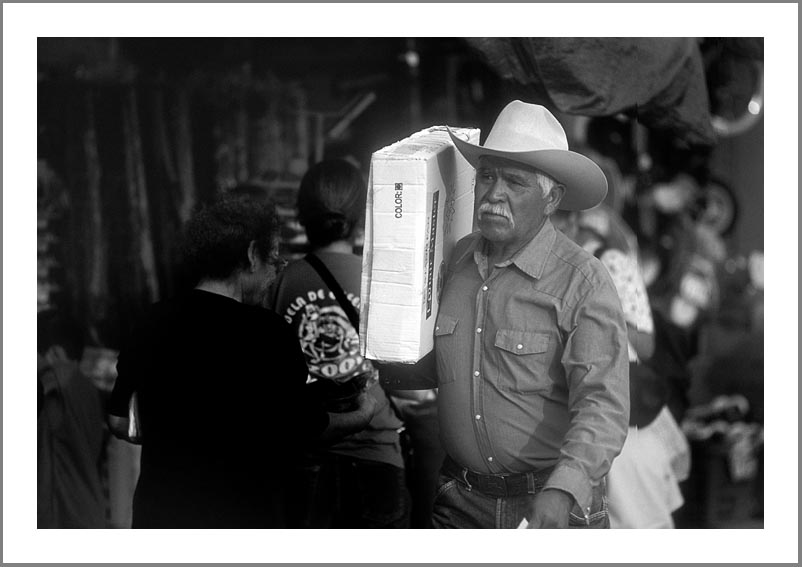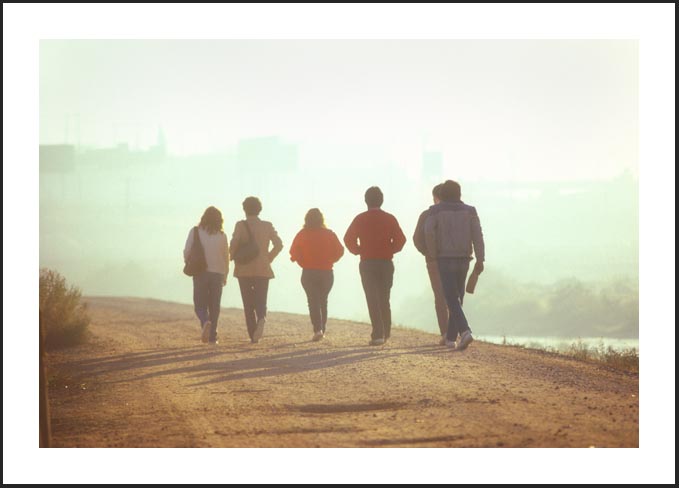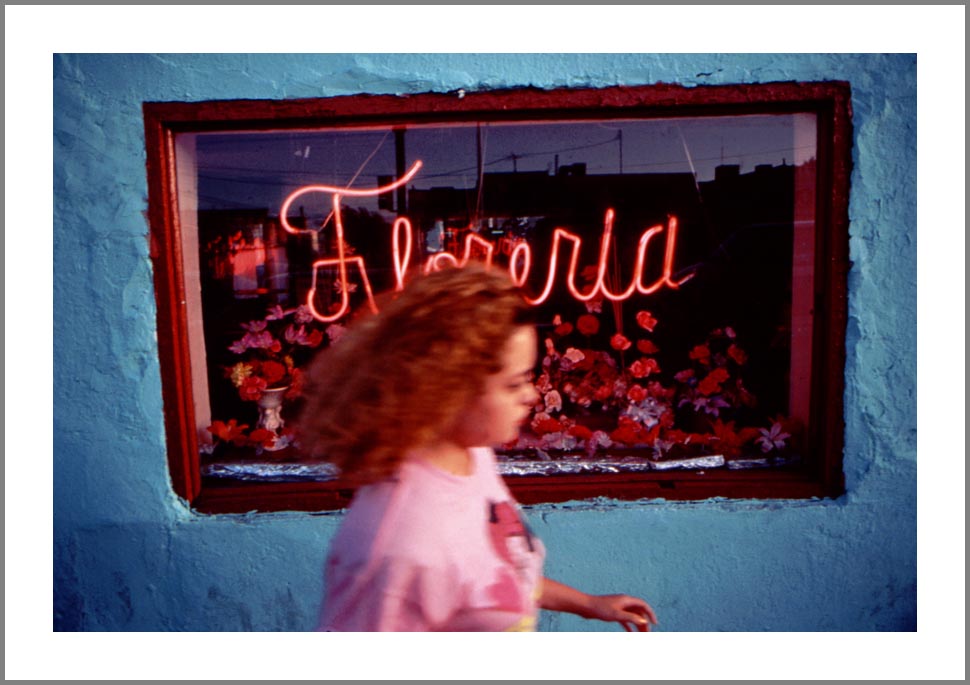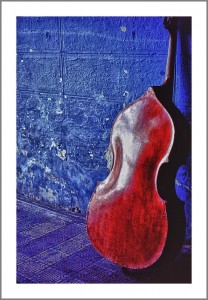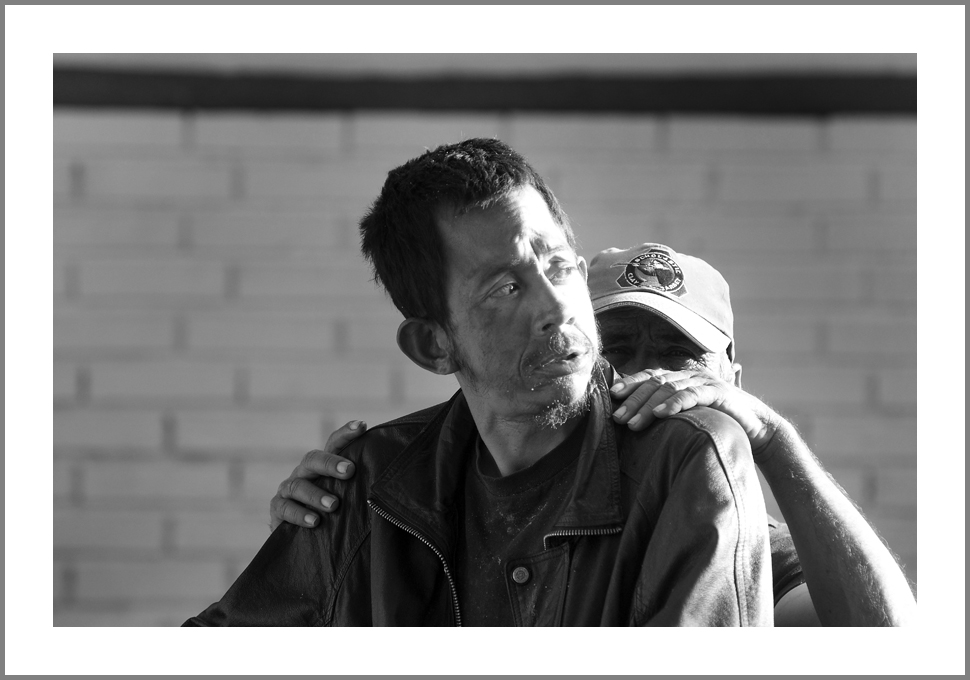Running Dog, El Paso, November 2023
Text and Photograph by Bruce Berman
I thought I was bringing “the border” into homes that knew it not.
I no longer think that.
I remember an acquaintance, at an exhibition I had, coming up to me after the show and talk and saying, “Now I really know the border and I’ve lived here all my life.”
I was flattered and felt great gratitude. After all, that was my intention in photography, to show and tell what others didn’t see or know.
He then said, I’d buy a photograph, but my wife just couldn’t see one that fit her new color scheme for our living room.
I didn’t know what to say. What could you say?
I understood that when he said he finally “knew the border,” he actually meant he finally could see how he could use what I saw and made for his own needs and wants.
¿Interesante, eh? It’s OK, but I hope for more.
I’ve come to know that most people overlay themselves on the border–maybe on all photography–and for them whatever is there is what is already embedded there, within them, no matter what the image shows.
So be it.
I look for coherence in what is incoherent and hope that someone–anyone–sees what I saw, felt what I felt, but most importantly, comes to know what I know from it.
I have have no expectations.

